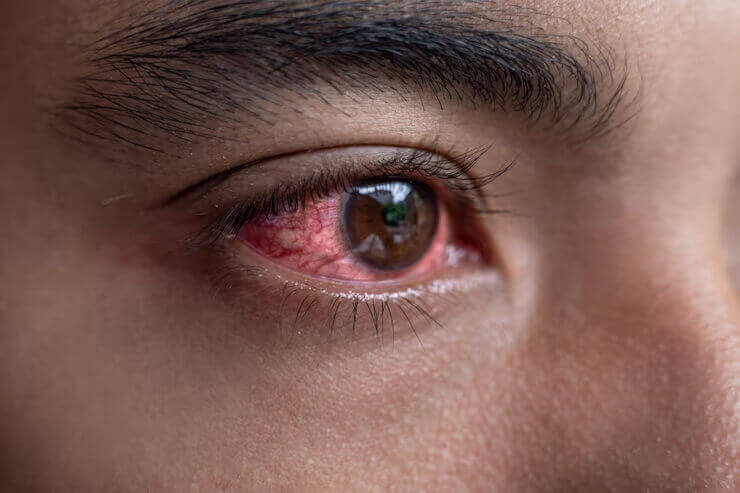From Medications to Surgery: A Comprehensive RVO Treatment Guide
The treatment options for RVO depend on the severity of the condition and the underlying cause. Here are some of the treatment options that may be recommended:
Medications
Certain medications may be prescribed to treat RVO, such as anti-inflammatory drugs, blood thinners, or medications to control high blood pressure or cholesterol levels. These medications may help to reduce swelling and improve blood flow to the retina.
Anti-VEGF injections
These injections are used to block the effects of a protein called vascular endothelial growth factor (VEGF), which can contribute to the development of RVO. Anti-VEGF injections may be administered directly into the eye and can help to reduce swelling and improve vision.
Laser treatment
Laser treatment may be used to seal leaking blood vessels in the retina or to create new blood vessels that can bypass the blocked vein. This treatment can help to improve vision and prevent further damage to the retina.
Surgery
In some cases, surgery may be necessary to remove blood clots or scar tissue from the retina. Surgery may also be used to create a bypass for the blocked vein or to remove the vitreous gel from the eye to improve blood flow.
In addition to these treatments, there are also several lifestyle changes that you can make for effective eye health management and to help manage your RVO:
Maintain a healthy diet
Eating a diet rich in fruits, vegetables, and whole grains can help to improve your overall health and reduce your risk of developing further complications from RVO.
Exercise regularly
Regular exercise can help to improve blood flow and reduce your risk of developing high blood pressure or high cholesterol levels, which can contribute to RVO.
Manage underlying medical conditions
If you have underlying medical conditions such as high blood pressure, high cholesterol, or diabetes, it's important to manage these conditions with medication and lifestyle changes.
Quit smoking
Smoking can contribute to the development of RVO and can make it harder for your body to heal. Quitting smoking can help to reduce your risk of developing further complications.
It's important to remember that early detection and treatment are key to preserving your vision and preventing further damage to your eyes. If you are experiencing any vision changes or have any of the risk factors associated with RVO or eye stroke, it's important to schedule an appointment with your optometrist for an evaluation.












